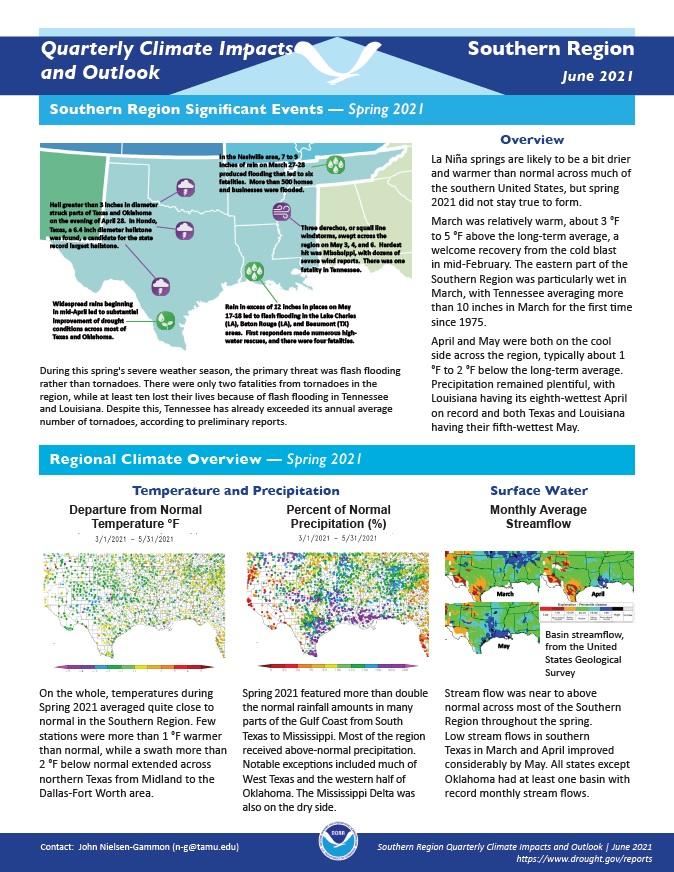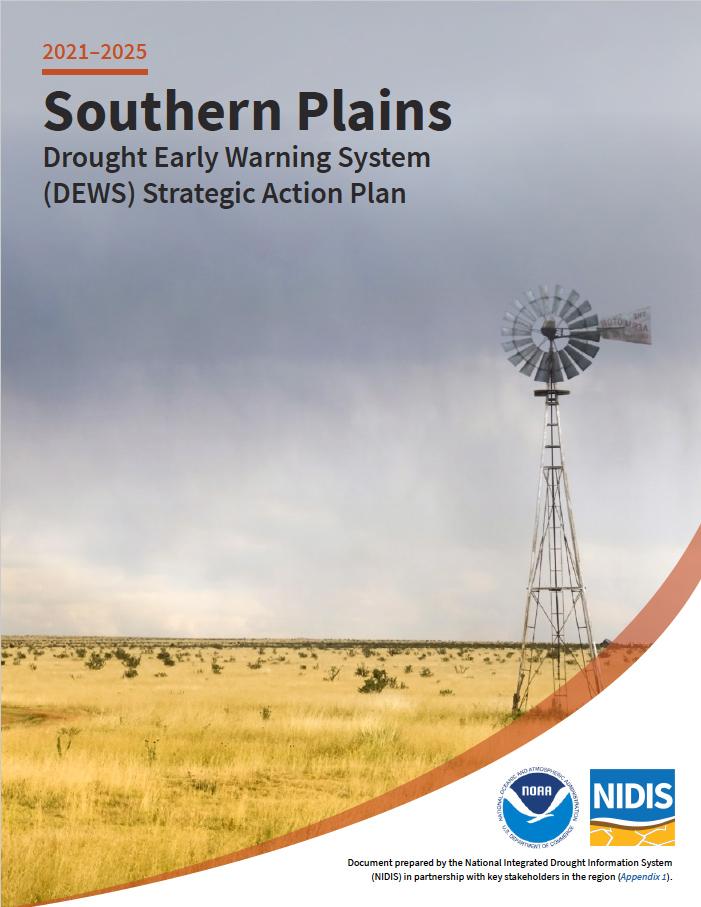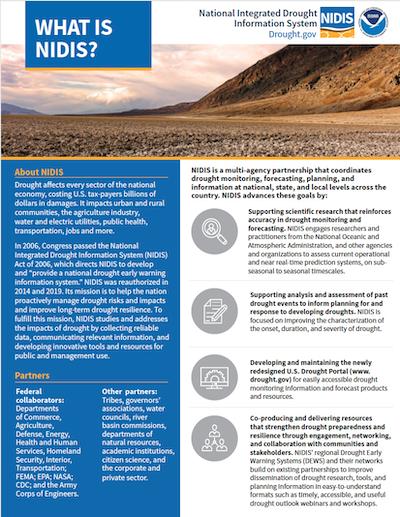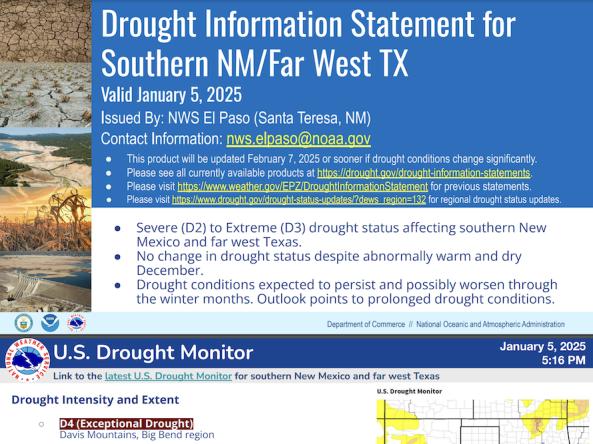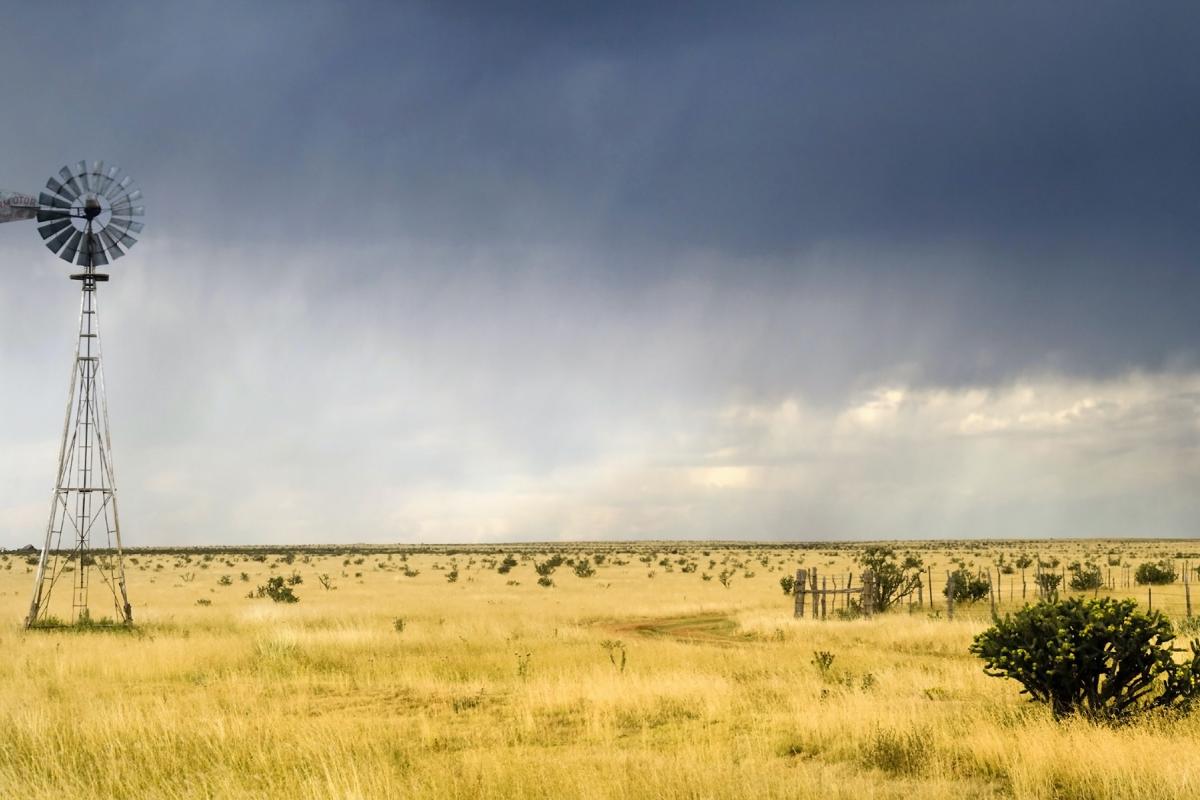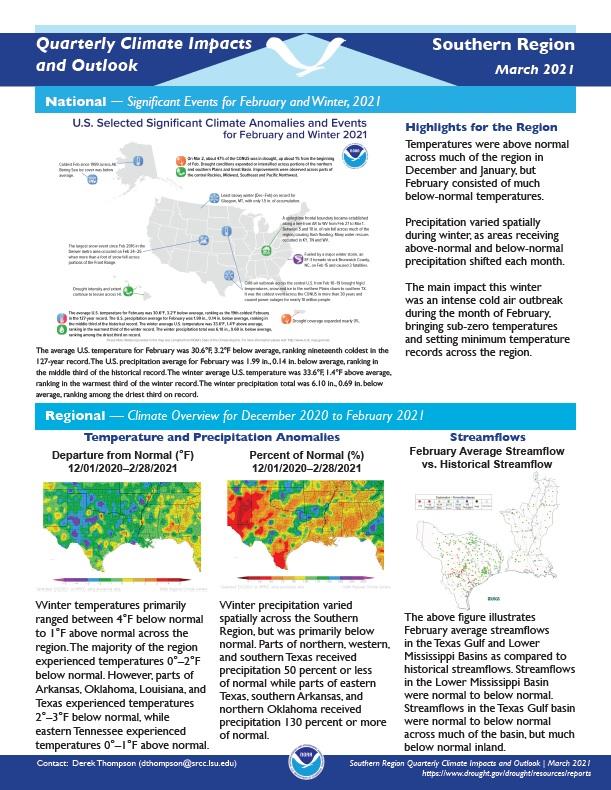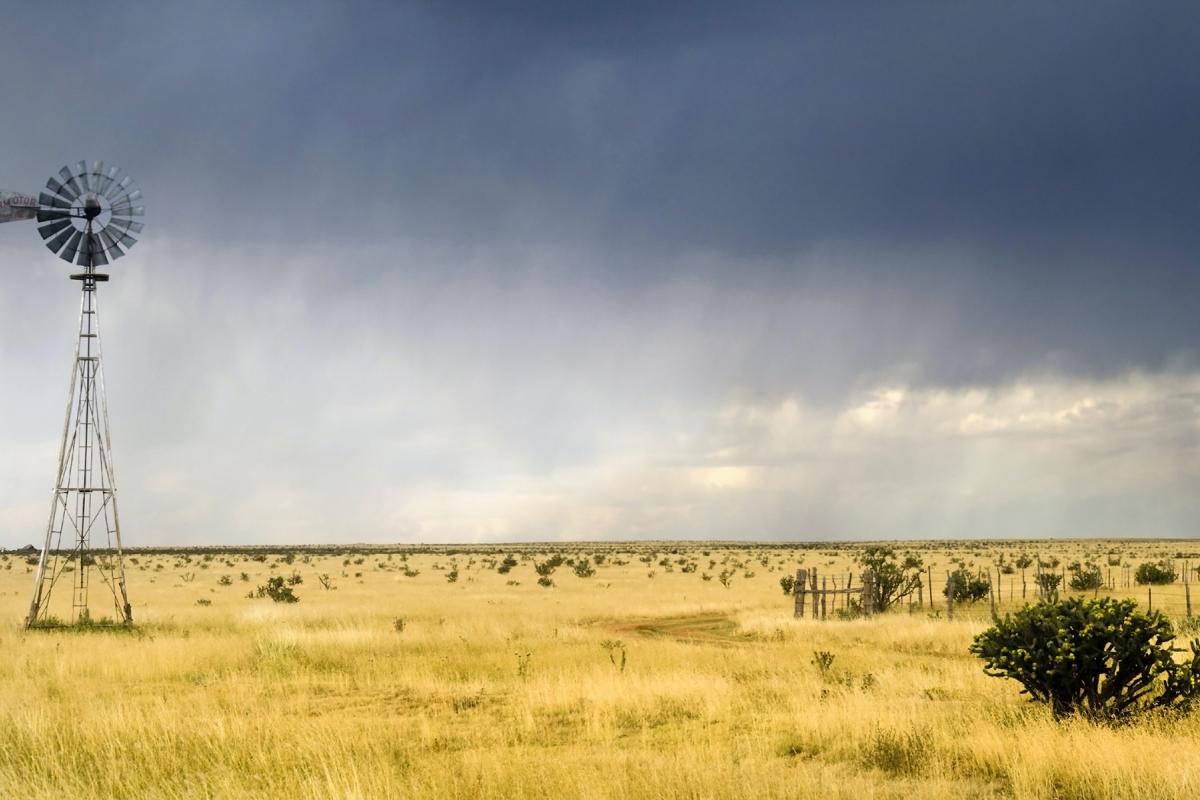On July 14, 2021, the National Integrated Drought Information System (NIDIS) hosted an informational webinar on the Climate Program Office FY22 Coping with Drought competition on Ecological Drought.
Quarterly Climate Impacts and Outlook for the Southern Region for March - May 2021. Dated June 2021.
On the whole, temperatures during Spring 2021 averaged quite close to normal in the Southern Region. Spring 2021 featured more than double the normal rainfall amounts in many parts of the Gulf Coast from South Texas to Mississippi. Most of the region received above-normal precipitation.
The development of the Southern Plains Drought Early Warning System (DEWS) was initiated in 2011 during a record-setting drought across the southern tier of the United States. From 2010–2015, drought persisted throughout parts of the region, impacting portions of Texas, Oklahoma, and New Mexico. This drought cost several billion dollars and was considered a major disaster for the region. Today, the Southern Plains region continues to face challenges brought about by drought and other extreme weather events that significantly affect communities and local economies.
This report describes the morphology of the 2012 summer U.S. Central Great Plains drought, placing the event into a historical context, and providing a diagnosis of its proximate and underlying causes.
This work was performed as part of the NOAA Drought Task Force I organized by the NOAA Modeling, Analysis, Predictions, and Projections Program (MAPP) in partnership with the National Integrated Drought Information System (NIDIS).
NIDIS is a multi-agency partnership that coordinates drought monitoring, forecasting, planning, and information at national, state, and local levels across the country. In 2006, Congress passed the National Integrated Drought Information System (NIDIS) Act of 2006, which directs NIDIS to develop and “provide a national drought early warning information system.”
Quarterly Climate Impacts and Outlook for the Southern Region for December 2020 – February 2021. Dated March 2021.
Winter temperatures primarily ranged between 4°F below normal to 1°F above normal across the region. Winter precipitation varied spatially across the Southern Region, but was primarily below normal.



